Sevagram Ashram Celebrates 90 Years: Honoring Gandhian Legacy with Archival Exhibits and Cultural Presentations
Wardha, April 30, 2025 — Sevagram Ashram, founded by Mahatma Gandhi in 1936, celebrated its 90th Foundation Day with a special commemorative programme organized at the Seminar Hall of its Library and Research Centre.
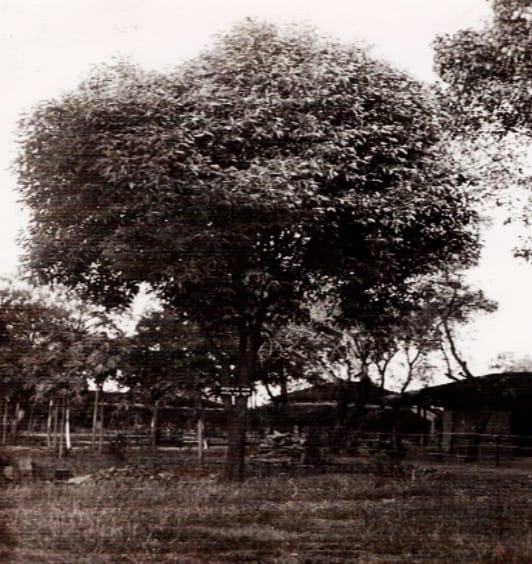
The event marked not only nine decades of dedicated service to humanity but also two years since the Library and Research Centre was relocated to a newly developed space adjacent to the Ashram.
In line with the 150th birth anniversary celebrations of Mahatma Gandhi and Kasturba Gandhi, the Ashram had earlier decided to revitalize its activities by developing a comprehensive library and research facility. Since the academic year 2021–2022, the Sevagram Ashram Pratishthan has been actively involved in collecting and preserving archival material on Gandhian thought and practice.
This year’s Foundation Day featured a captivating photographic presentation curated by Gandhian scholar Dr. Siby K. Joseph, Director of the Library and Research Centre.
The presentation showcased 60 slides featuring rare images from the 1950s — just a few years after Bapu’s assassination in 1948 — offering a vivid glimpse into the vibrant life of the Ashram during that period.
Among the highlights were images of significant Ashram landmarks:
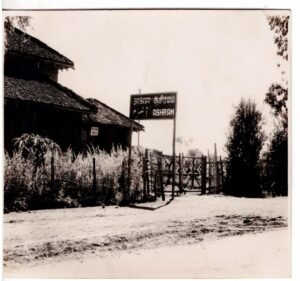
• The main entrance with signage in Hindi, Tamil, Urdu, and English, reflecting India’s linguistic diversity
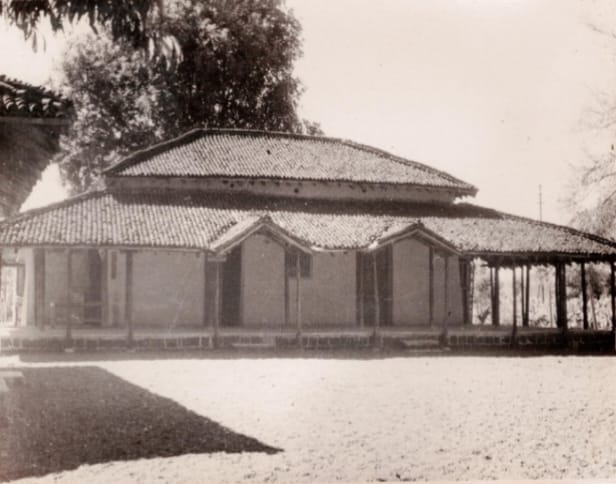
• Heritage structures including Adi Nivas, Ba Kuti, Akhri Niwas, Khadi Niwas, and the leprosy hut
• The prayer ground, community kitchen, workers’ quarters, guest house
• Sacred trees planted by Gandhi and Kasturba — a pipal and a bakul respectively
A particularly moving section of the exhibit featured items personally used or selected by Gandhi: a photo of Jesus Christ, a verse from Al-Fateha in Arabic and its translation, a quote from John Ruskin, and sacred texts such as Shrimad Bhagavad Gita, Ashram Bhajanavali, Ramcharitmanas, and Anecdotes of Hazrat Mohammed. The original copper urn that once held Mahatma Gandhi’s ashes was also displayed.

The final slide depicted the communal spinning wheel sessions — a central aspect of Ashram life and Gandhian philosophy.
Additionally, three short documentary videos were screened, showing rare footage of Gandhi and Kasturba, Gandhi with C.F. Andrews, tree planting, spinning, massaging a leprosy patient, and interactions with leaders such as Jawaharlal Nehru, Sardar Patel, Abdul Ghaffar Khan, and other Ashram residents. These videos further contextualized the spiritual and political mission of the Ashram.
In his address, Shri Vijay Tambe, Secretary of the Ashram, highlighted the importance of preserving and sharing this heritage. Dr. Siby K. Joseph elaborated on the archival effort and significance of the presentation.
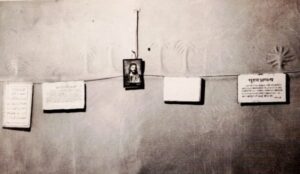
Participants expressed their wish to restore the replica of the Jesus Christ photo to its original place in Bapu Kuti and to relocate the copper vessel holding Gandhi’s ashes for greater public accessibility.
The event was attended by Ashram staff, scholars, students, representatives of various organizations, and well-wishers. For those unable to attend, a photo exhibition has been arranged in the Library premises. The archival videos will also be screened on request for visiting groups and researchers.
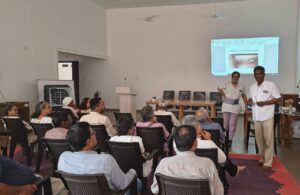

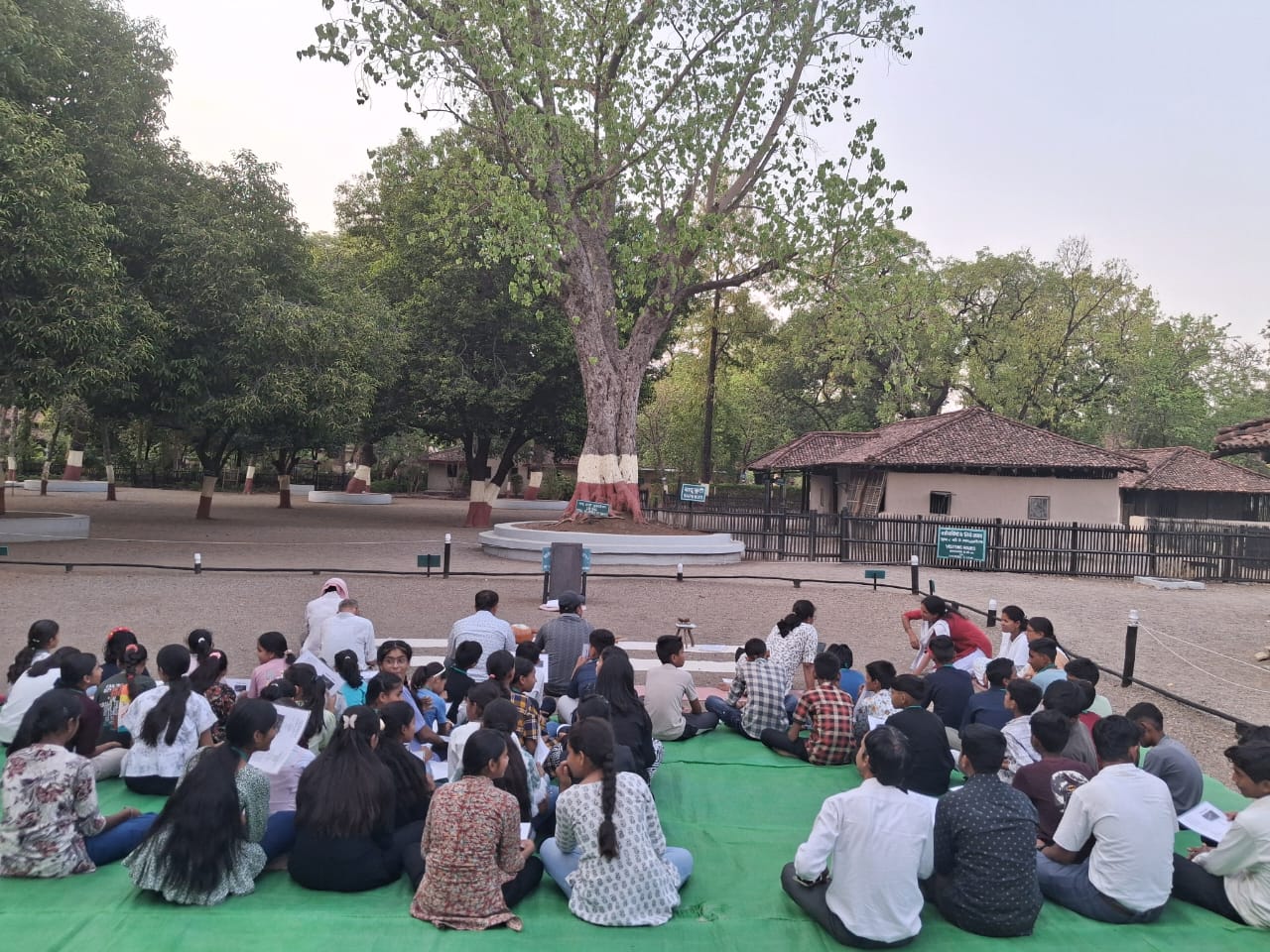
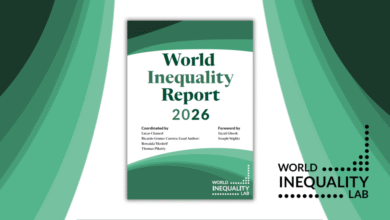

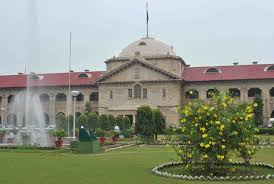
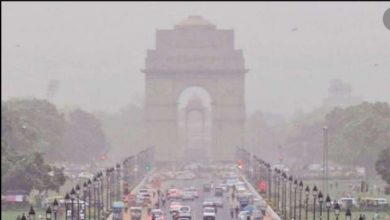
Sevagram Ashram at 90: A Tribute Through Photographs and Meaning
It was truly inspiring to read the article about the photographs and their real-life meaning.
Gandhi: A Life That Teaches
Gandhi is not just a person—he is a way of life: gentle, peaceful, and profoundly beautiful.The more I learn about Mahatma Gandhi, the more I realize that his entire life was a living laboratory. He constantly experimented—testing his beliefs, facing challenges, and discovering truths through personal experience.
He lived his ideals with sincerity, always striving not for personal success, but for truth and justice.
His simplicity was more than just a lifestyle—it was his strength. It was this unwavering commitment that earned him the title Mahatma.
May his soul forever rest in peace—this is my heartfelt prayer.